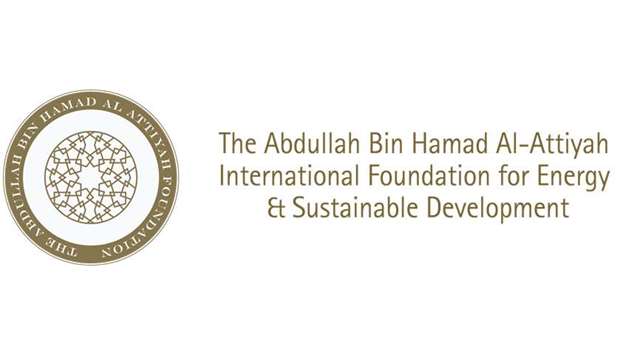Oil
Oil prices fell on Friday and posted a second consecutive monthly drop as rising Covid-19 cases in Europe and the US heightened concerns over the outlook for fuel consumption. Brent crude dropped 19 cents to settle at $37.46 a barrel, after touching a five-month low of $36.64 in the previous session. The front-month Brent contract expired on Friday, and the January contract settled down 32 cents. US West Texas Intermediate (WTI) crude fell 38 cents to settle at $35.79 a barrel, after dipping to its lowest since June on Thursday at $34.92. WTI fell 11% for the month, while Brent dropped 10%.
Leaders in France and Germany have ordered their countries back into lockdown, as a massive second wave of coronavirus infections threatened to overwhelm Europe before winter. The US also faces a surge of cases, breaking its single-day record for new infections. With many of these nations being some of the world’s highest oil consumers, infection levels are destined to hit oil demand, as traffic will be curbed to a minimum during the coming lockdowns.
Meanwhile, Opec and allies including Russia, a group known as Opec+, had planned to raise output by 2mn barrels per day (bpd) in January. However, top producers Saudi Arabia and Russia are in favour of maintaining the group’s current output reduction of about 7.7mn bpd into next year in the face of lockdowns in Europe and rising Libyan oil output. Opec+ is scheduled to hold a policy meeting over November 30 and December 1.
In the US, the oil and natural gas rig count rose in October for the third straight month and drillers added the most rigs in a month since May 2018, energy services firm Baker Hughes Co said on Friday. As a result, many US money managers cut their long-term crude futures prices.
Gas
Asian spot prices for LNG jumped nearly 9% last week from the previous week, as demand continued to rebound in the region’s key importing countries ahead of winter. The average LNG price for December delivery into North-East Asia was estimated at $7.50 per mmBtu, up 60 cents from the previous week. Asian spot LNG prices have jumped by more than 40% since the start of October due to firm demand and production issues.
China’s natural gas demand is likely to grow about 10% this winter, up from 0.3% last winter, as a robust economic recovery from the Covid-19 crisis spurs residential and industrial demand. Europe, China, and Korea could experience a colder-than-normal winter by 2-3°C, which would be positive for LNG demand. Rising shipping rates, which have hit a one-year high, are also boosting the LNG market.
Most of the demand was seen in the Indian sub-continent last week, as well as expected buying in China and the Far East. Bangladesh’s state-owned Gas Company was seeking two LNG cargoes for delivery in December, while China’s Guangzhou Gas is seeking a cargo for delivery in December. Oil major BP sold an LNG cargo for delivery into North-East Asia in December to Vitol at $7.65 per mmBtu, S&P Global Platts data showed.
In Europe, Equinor’s LNG plant in Norway could remain closed until October 2021 due to needed repairs after a fire in September. The prospect of a cold winter could increase prices, but further shutdowns due to Covid-19 are a real risk.
Both the Dutch TTF and UK NBP closed down nearly 10% last week, as infections in Europe caused governments to reimpose lockdowns.
This article was supplied by the Abdullah bin Hamad Al-Attiyah International Foundation for Energy and Sustainable Development.

..


